Bird banding laboratory celebrates 100 years of science
ON 10-07-2020
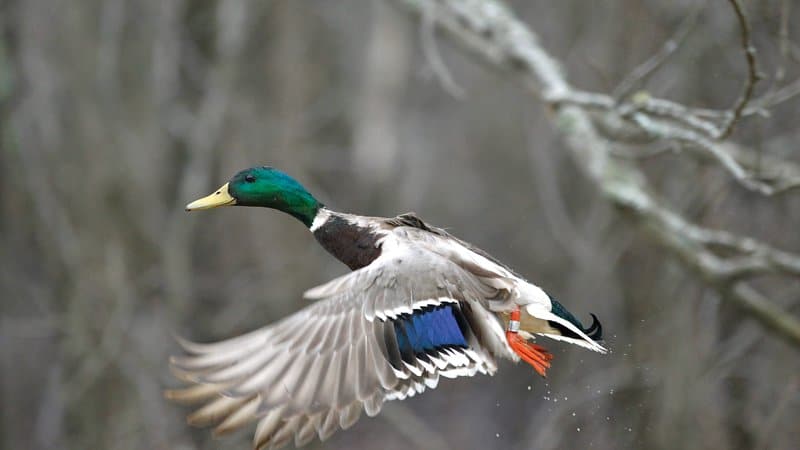
Oct. 7, 2020
Randy Zellers
Assistant Chief of Communications
LITTLE ROCK — There’s something about the thrill of harvesting mallards in a greentree reservoir that has put it at the top of many waterfowl hunters’ bucket lists. If one of those birds is sporting a band on its leg, that small piece of aluminum is likely to go into a keepsake box to be handed down to children with stories of Arkansas’s famous flooded timber. But bird bands are much more than mementos or status symbols; they’re one of the first “citizen science” projects ever developed for conservation.
Established in 1920, the bird-banding laboratory that administers the United States Geological Survey’s bird banding program has recorded data on millions of ducks and other birds throughout North America. Biologists have discovered amazing details about all sorts of birds throughout the world, thanks to some of the findings of these efforts.
The first records of bird banding in North America are those of John James Audubon in 1803. He tied silver cords to the legs of young phoebes near Philadelphia and verified two of the nestlings returned to the site of their birth the next year. In 1902 Paul Bartsch began the first scientific system of banding using voluntary band returns to identify where a group of black-crowned night herons had traveled. By 1909, the American Bird Banding Association had been formed to organize the growing number of bird-banding enthusiasts. It was later taken over by the Bureau of Biological Survey (now the USGS) and the Canadian Wildlife Service, and the Bird Banding Laboratory was born.
The lab, now based at the USGS Patuxent Wildlife Research Center in Laurel, Maryland, distributes nearly 1 million aluminum bands each year to participating scientists in the U.S. and Canada. Each set of bands has a unique combination of colors and numbers. Every time a scientist bands a bird, he or she records the location and date as well as the bird’s species, gender, estimated age and other features, and sends that information to the lab. Birds that are later caught again or harvested are reported by banders or hunters to the lab. Laboratory staffers manage more than 77 million archived banding records and more than 5 million bird encounter reports, with an average of nearly 1.2 million banding records and 100,000 encounter reports submitted each year.
Biologists then piece together all those data points to determine all sorts of information about bird behavior, migration, lifespans, populations and threats such as disease or environmental changes. This information is then used in making decisions on migratory bird seasons, focal areas for conservation efforts and critical components of legislation to protect endangered or threatened bird species.
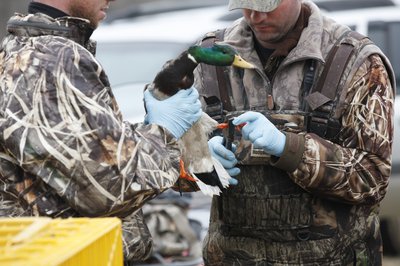
Band-name achievements
One of the greatest success stories in the Caribbean, the conservation of wild flamingoes, owes part of its success to the banding laboratory. In 1950, only 5,000 wild flamingos were estimated in North America. Today there are more than 70,000. Conservation efforts include the creation of Inagua National Park in the Bahamas, which protected the birds’ breeding grounds. The laboratory’s data show that wild flamingos are living longer, a sign that management actions are working. The oldest known wild flamingo, at 49 years old, was identified through banding records. USGS data have also helped identify flamingo migration stops and wintering grounds that might warrant conservation.
Bird-banding records played a critical role in identifying the devastating effects of the pesticide DDT on some wild birds. The lab’s research uncovered a decline in some falcon species and bald eagles, sparking scientists at the USGS Patuxent Wildlife Research Center and elsewhere to investigate. This research helped lead to the ban of DDT in the United States more than 40 years ago.
Bird banding also was critical in recognizing the recovery of wood ducks and allowing a third bird in the daily bag limit for duck hunters. Because these birds nest and congregate in flooded hardwoods with overhead cover, their breeding populations are not able to be accurately reflected through aerial surveys. Banding records have allowed biologists to bolster their data and relax the daily bag limit to reflect current population trends. 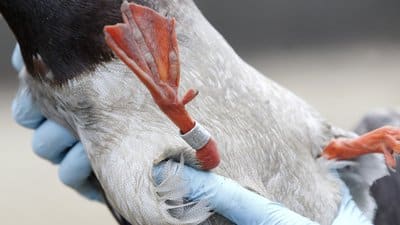
Fun banding facts
One black duck drake was captured 18 times during a nine-year span by the Michigan Department of Natural Resources. While he was good at avoiding hunters and predators, he didn’t quite figure out how to avoid researchers’ banding traps from 1949 until 1958. On his last capture, the original leg band that had worn thin with age was replaced. After that point, he was not captured again. Perhaps he had lost his lucky band?
In 2008, a Northern pintail harvested in the Mississippi Delta that was originally banded eight years earlier on Hyoko Lake in Japan, thanks to efforts of another banding laboratory, the Yamashina Institute of Ornithology Bird Migration Research Center in Konoyama, Japan. As the duck flies, the distance between the two sites is 6,700 miles, but the bird traveled much farther, as it most likely flew north to the subarctic and then traveled south through North America.
Eight years between banding and harvest may seem like a long time, but the all-time record holder for age in a banded bird belongs to Wisdom, a Laysan albatross who nests on Midway Atoll National Wildlife Refuge, a remote Pacific Island. She has been nesting there and hatching young for at least 69 years, 29 years longer than the species was once thought to live. The oldest known banded mallard lived for at least 26 years in the wild.
Long-lived banding records also exist in Arkansas. A bald eagle was banded and released at the hack tower at Holla Bend National Wildlife Refuge near Centerville in 1991 during the height of the eagle restoration efforts in the U.S. She was found injured near the same refuge in August 2019, 28 years later. After being rehabilitated, she was released back at Holla Bend in September 2019. The same eagle was found unable to fly again in April 2020, near Hattieville. After another successful recovery by Rodney Paul at Raptor Rehab of Arkansas, she was released back to the wild in June.
Visit www.reportband.gov to report a band of any migratory bird (including ducks, geese and doves) you harvest. Nongame bird bands also may be reported if the bird is found. Killing or possessing nongame migratory birds can bring heavy federal penalties, so people finding banded nongame birds are urged to view the band, write down the information and report it.
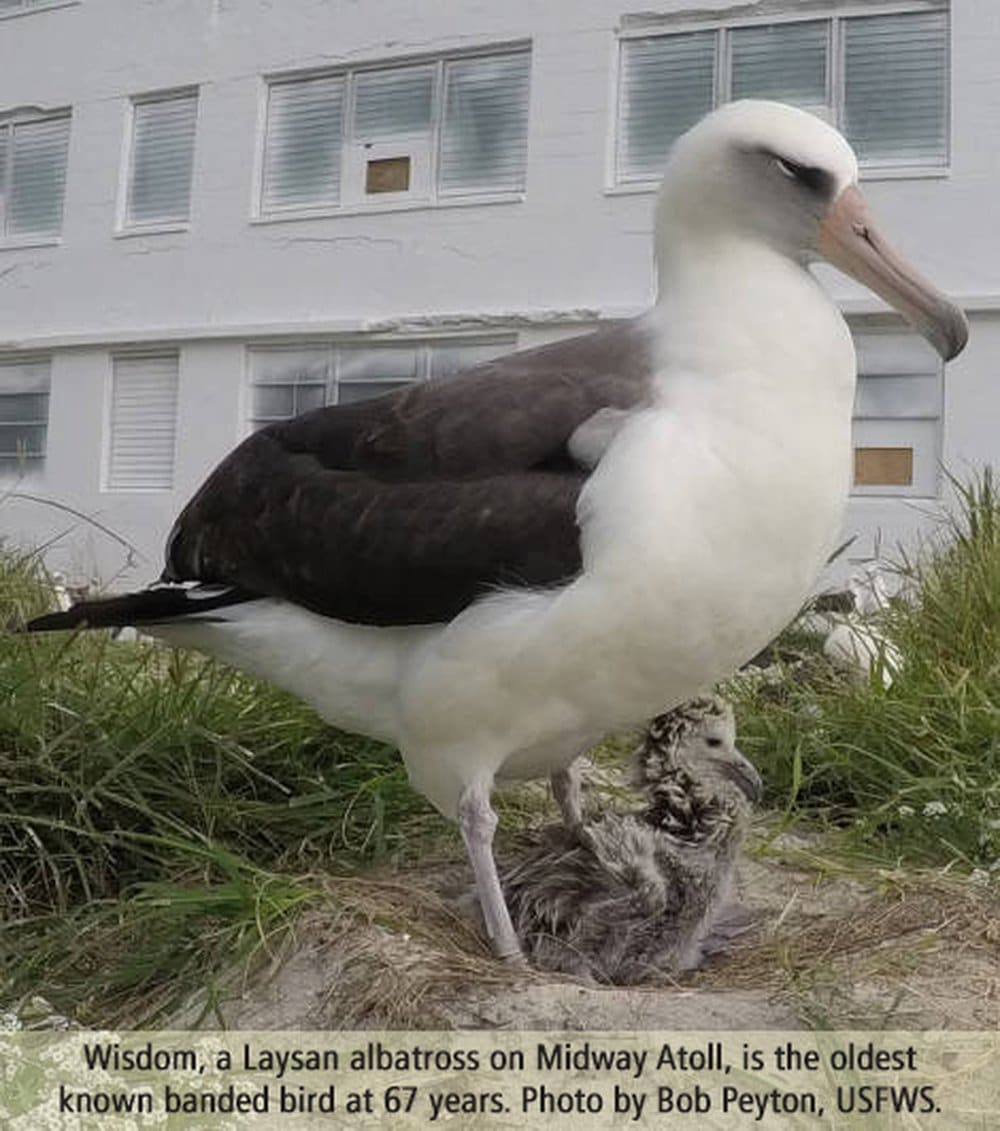
Recent News
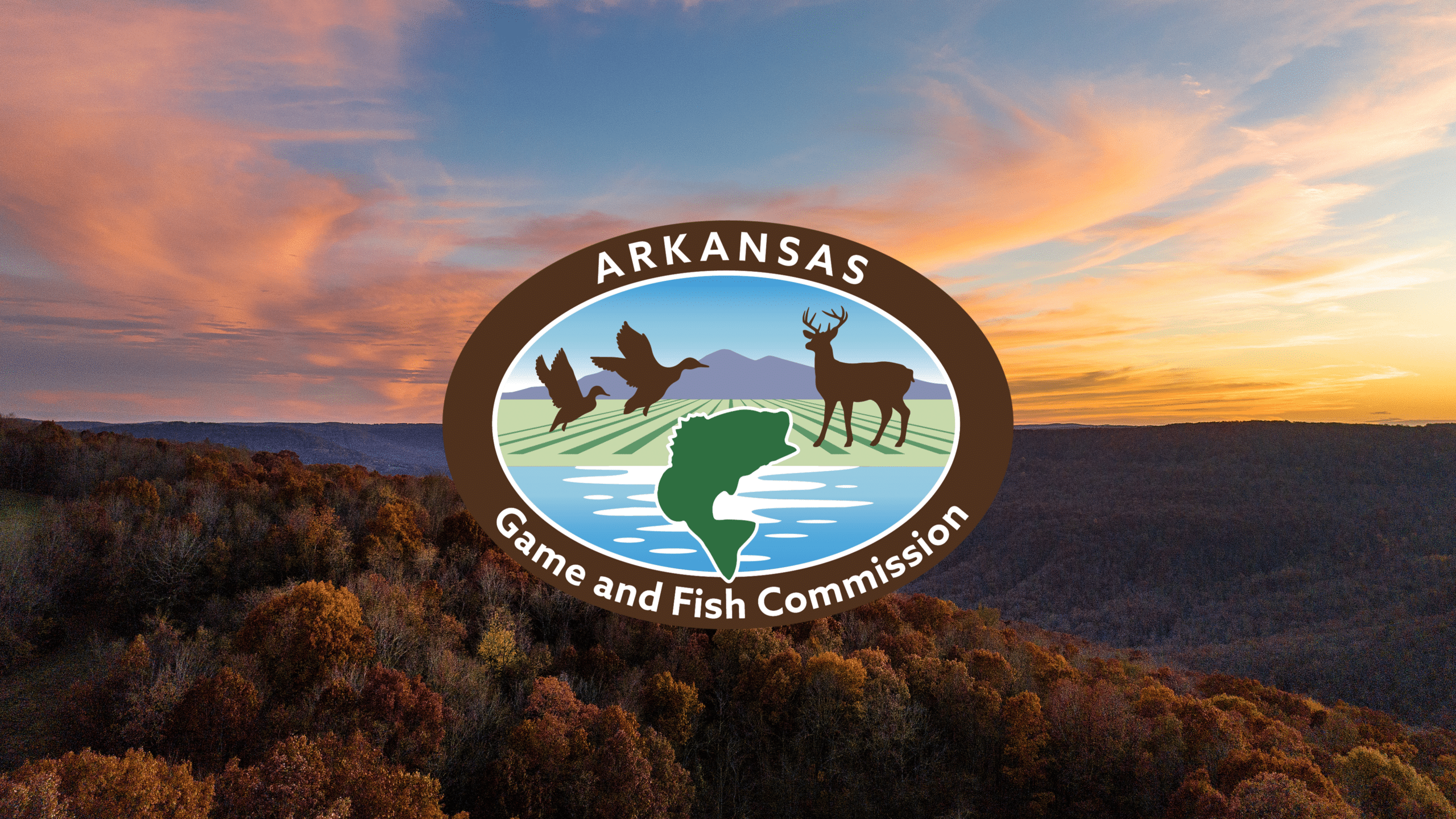
AGFC Commissioner Meeting Notice
Apr. 7, 2025
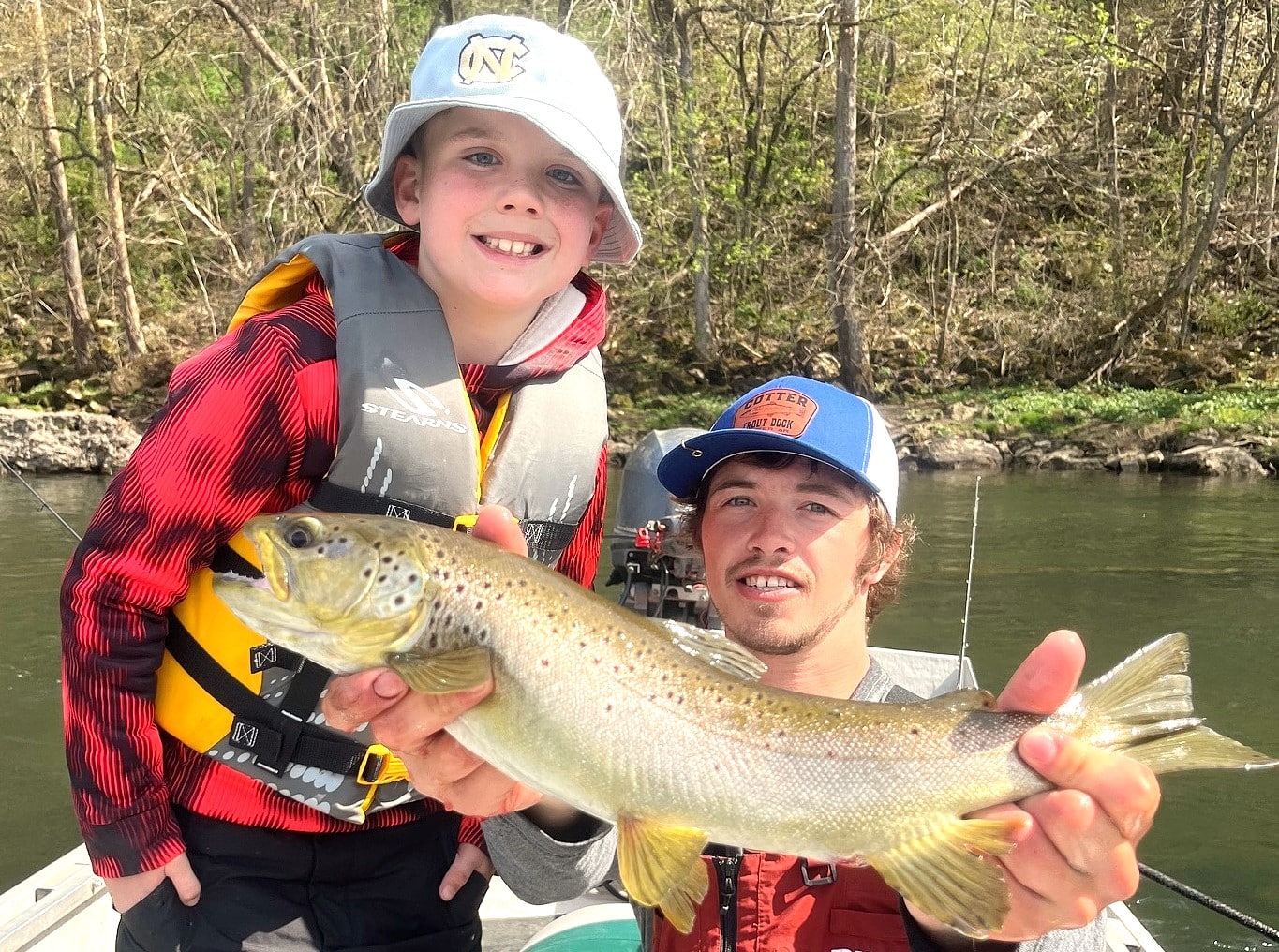
Arkansas Wildlife Weekly Fishing Report
Apr. 3, 2025
Subscribe to Our Weekly Newsletter E-mails
Don’t miss another issue. Sign up now to receive the AGFC Wildlife Weekly Newsletter in your mailbox every Wednesday afternoon (Waterfowl Reports are published weekly during waterfowl season and periodically outside the season). Fishing Reports arrive on Thursdays. Fill in the following fields and hit submit. Thanks, and welcome!
